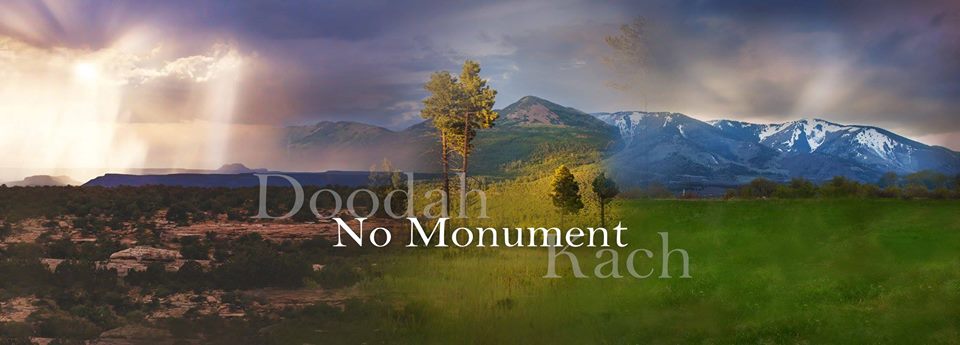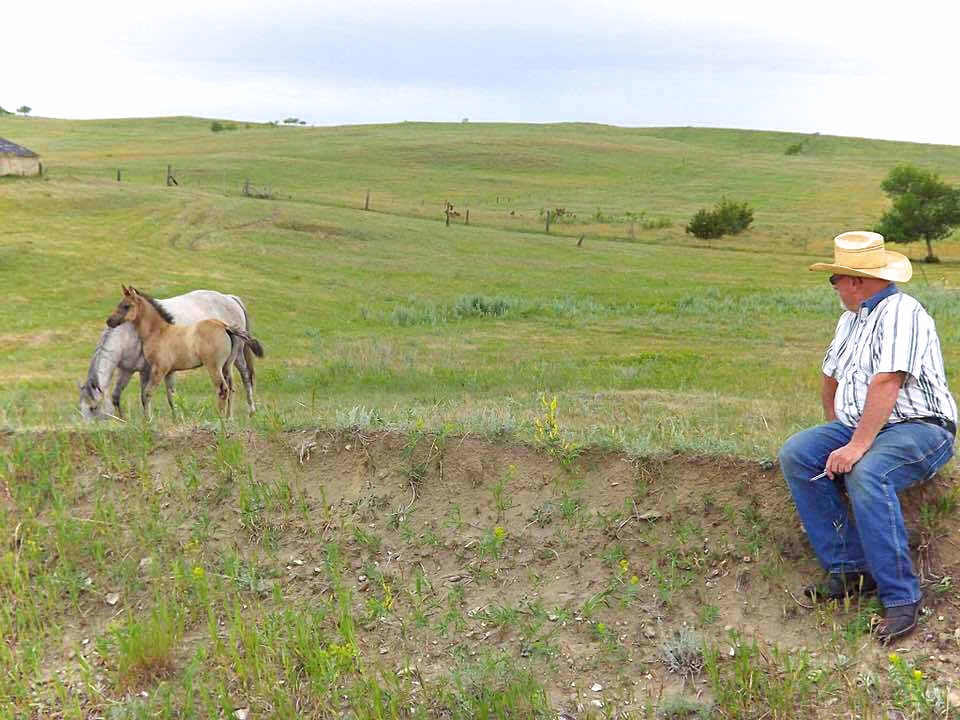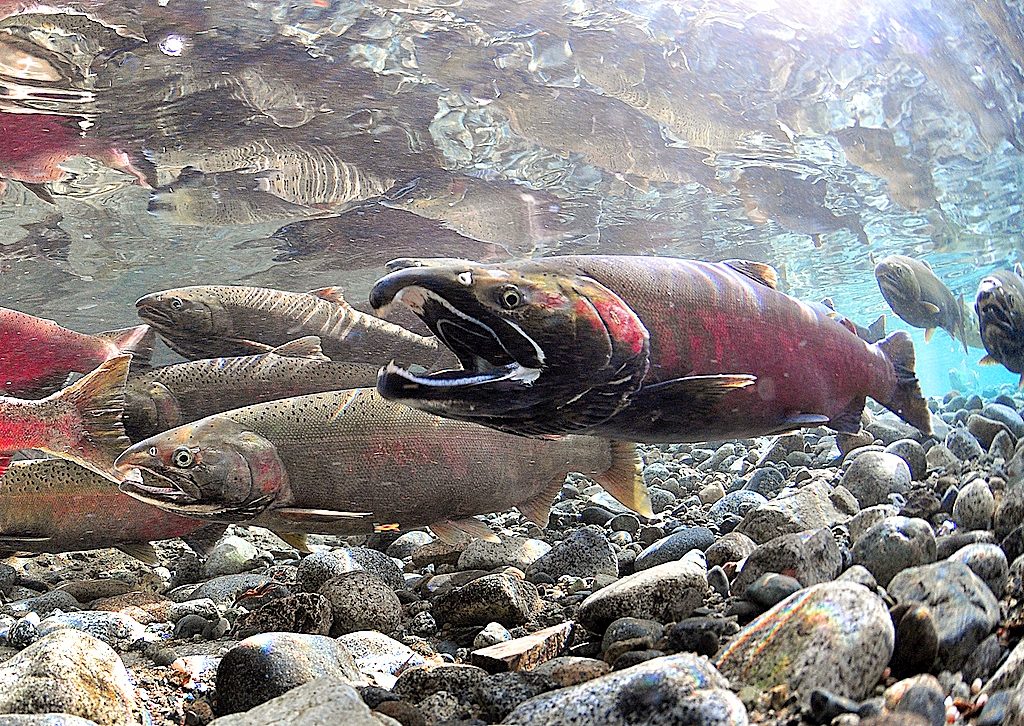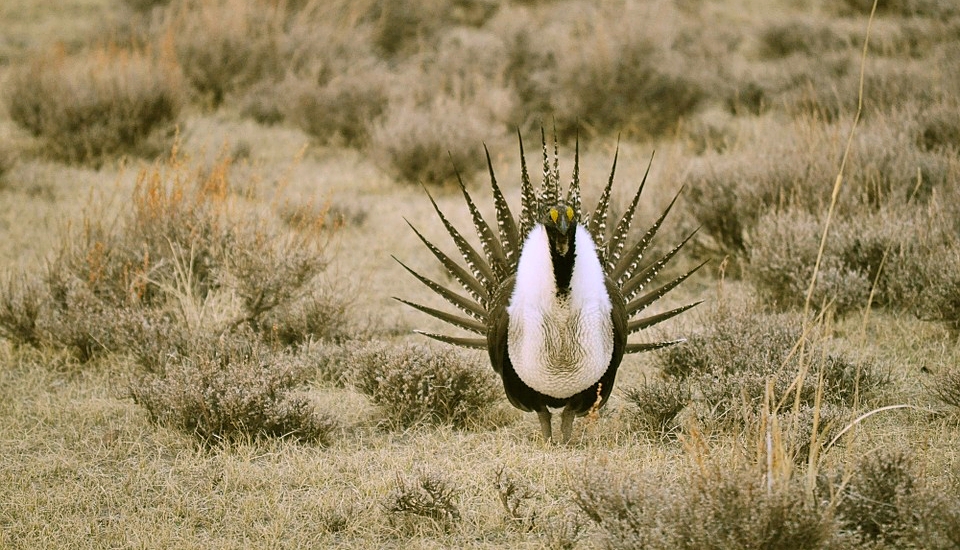“Mr. Long and many members of the local Navajo, Ute and Paiute tribes say that the designation would destroy their livelihood and their culture. Most of the land included in the plan is owned by the federal government and controlled by the Bureau of Land Management. But today farmers can grow crops and graze cattle in Bears Ears. There’s some mining and oil and gas drilling, too. Though backers of the monument say grazing could continue, residents of the area fear even that would, at best, turn into a bureaucratic nightmare.”
Utah’s Native Tribes want jobs, not federal paternalism
Naomi Schaefer Riley
“The locals would not have a voice anymore,” worries Clayton Long, a Navajo Indian and teacher in San Juan County, Utah. He’s referring to a campaign aimed at creating a new national monument of 1.9 million acres nearly in his backyard. Proponents are lobbying President Obama to protect the area around Bears Ears, twin buttes where Native Americans have long performed cultural ceremonies and gathered herbs to cook traditional foods.
Mr. Long and many members of the local Navajo, Ute and Paiute tribes say that the designation would destroy their livelihood and their culture. Most of the land included in the plan is owned by the federal government and controlled by the Bureau of Land Management. But today farmers can grow crops and graze cattle in Bears Ears. There’s some mining and oil and gas drilling, too. Though backers of the monument say grazing could continue, residents of the area fear even that would, at best, turn into a bureaucratic nightmare.
On Wednesday, tribal representatives, along with all of Utah’s delegation to Congress, delivered a series of letters to Interior Secretary Sally Jewell outlining their opposition. As Sen. Mike Lee told the crowd assembled on Capitol Hill: “A wealthy man’s playground should never come at the expense of a working man’s home.”
In principle, the designation of a national monument would do more to protect the tribes’ sacred ground. There have been reports of vandalism, and Mr. Long says he has heard rumors about grave robbing. But the question is whether that additional protection is worth the restrictions on recreational and economic activities.
The campaign to create a monument at Bears Ears is funded, at least in part, by California environmentalists. The Hewlett and Packard Foundations donated $20 million, according to the Deseret News, and the Leonardo DiCaprio Foundation chipped in. Similarly, many of the Native American leaders who support the monument are not from the immediate area. The Bears Ears InterTribal Coalition, a group in favor of the designation, touts support from the Pueblo of Zuni, N.M., and the Hopi Tribe of northeastern Arizona.
“The more distant you are as a Navajo and tribal member the more likely you are to support the monument because you view it as an abstraction or concept or theory of tribal sovereignty,” Byron Clarke, a member of a local Navajo chapter, told the Deseret News. “The closer you get to the monument, the more likely you are to view it as land that can and should be used properly.”
Opponents of the designation cite the experience of communities near Utah’s Grand Staircase-Escalante National Monument, created by President Clinton in 1996. It became a popular tourist destination, but the jobs created were mostly in the service sector, while the ones lost were skilled labor.
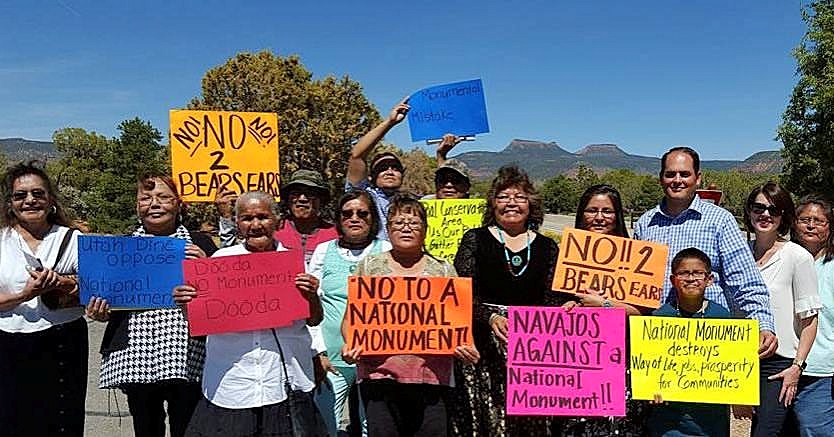
Last year Garfield County, which includes a portion of Grand Staircase-Escalante, passed a resolution declaring “a state of emergency,” stating that the restrictions on federal land have “virtually eliminated historic social and economic stability.” Enrollment at one area high school dropped by two-thirds, from 150 students in 1996 to only 50.
Donald Kochan, a professor at Chapman University who specializes in natural resource and property law, says that turning Bears Ears into a national monument would be “the nuclear option.” Instead, he says that the Bureau of Land Management could “tailor the solution” by withdrawing portions of the land from use, “in consultation with local tribes.” Then again, consulting with tribes isn’t the way of Washington, which has a long history of patronizing Native Americans. Reservation land, for instance, is held in trust by the federal government, giving American Indians little autonomy to buy or sell or develop it as they wish.
In July, Utah Reps. Rob Bishop and Jason Chaffetz put forward an alternative: a bill that would allow recreation and economic activity on some lands in Bears Ears, while setting aside and conserving others. The latter would be managed jointly with Native Americans.
In a similar case in Montana, an environmentalist group is trying to prevent the Confederated Salish and Kootenai Tribes from gaining greater control over the National Bison Refuge. Yet a 2009 study by the Bozeman-based Property and Environment Research Center found that the tribes’ timber resources were better managed than those in a nearby national forest. Shawn Regan, a research fellow at the think tank, argued in a letter to the Billings Gazette that the attempt to stop tribal management “represents one of the worst kinds of 19th century paternalism.”
A better approach would be to let Native Americans exercise more control over their native lands—in Bears Ears and beyond.
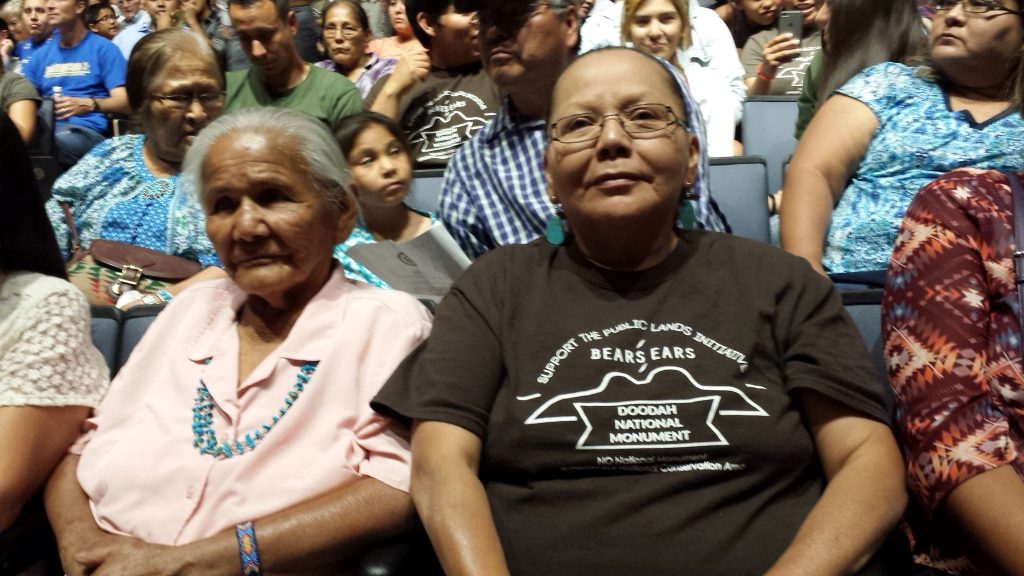
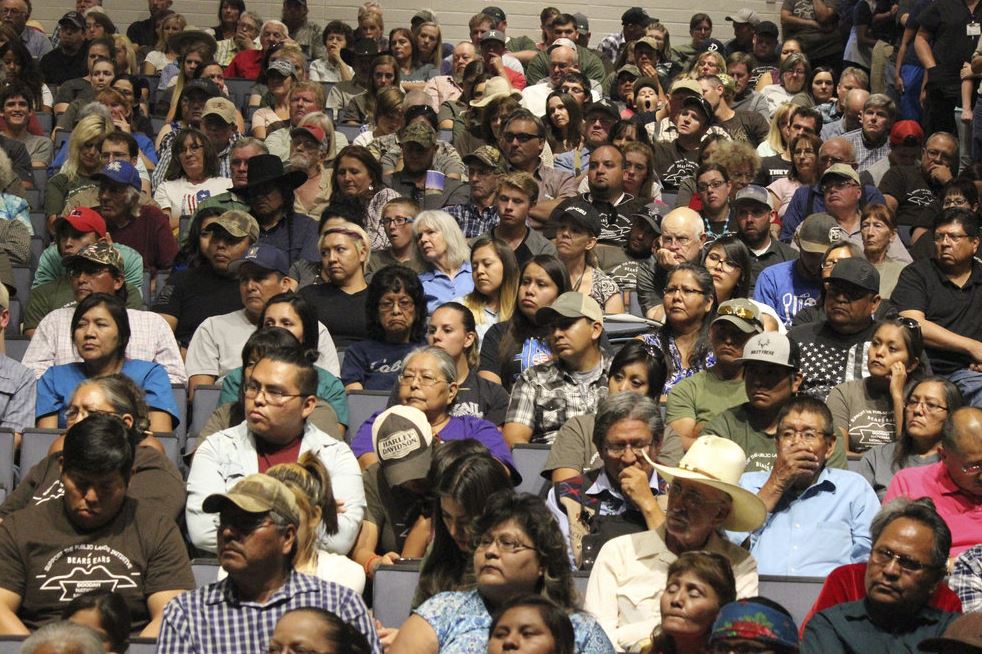
Ms. Riley is a senior fellow at the Independent Women’s Forum and author of “The New Trail of Tears: How Washington Is Destroying American Indians” (Encounter, 2016
Free Range Report
